2D barcodes transforming the supply chain
Traditional linear barcodes have been around since 1972 when the first-ever linear barcode appeared on a pack of Wrigley’s Juicy Fruit chewing gum.
What started as a means for retailers and supermarkets to look-up pricing has become an accepted global standard. Fast forward to today, linear barcodes are scanned more than 6 billion times each day however there is an increasing trend of brands moving towards additional barcode formats such as 2D barcodes.
COVID-19 has generated increased demand for better traceability in food, beverage & FMCG supply chains to better protect consumer safety, guard against food fraud, provide proof of provenance, and offer extended brand interaction in a digital format.
2D barcodes have been around since the mid-1990s but until recently didn’t receive much uptake beyond a standard QR code but increasing connectivity in a digital world is driving uptake in next generation barcodes.
Additionally, consumers and businesses are expecting manufacturers include more granular data to be included in barcodes: product authenticity, provenance, best before/use-by dates, specific ingredient information, even down to farm or factory location that can be linked to a specific point-of-sale.
Benefits of 2D Barcodes
2D barcodes offer unparalleled security and serialisation capabilities with more data in less space. Their variety of benefits are quickly being realised as more industries become sensitised to traceability and anti-counterfeiting measures:
- Improved food safety, waste reduction and shelf-life extension. Allows for micro-manageability by expiration date for monitoring product freshness and waste reduction.
- Improved point-of-sale traceability and product safety. Sharing richer product data such as product identification and place of purchase across the retail value chain can help create opportunities for improved consumer protection.
- More efficient in-store product and targeted recall management - stopping withdrawn products at/before POS. The affected batch is easily identified, and the brand avoids a costly general product recall.
Improved supply chain transparency and inventory management in real time.
Added benefits
- Improved supply chain transparency and inventory management in real time.
- Opportunities to activate consumer knowledge and enhance consumer engagement by offering consumers access to additional product information, sustainability and recycling statistics or useful tips on additional product uses (i.e. recipes), in return brands can access more information about their consumers (i.e. customer geolocation).
- Builds consumer trust with additional brand security and anti-counterfeit measures – legitimacy of product, proof of provenance. Serialization of products (where every item is identified with a GTIN and unique serial number) can be used to verify that a product is genuine.
In addition, 2D barcodes are omnidirectional and equipped with built-in error protection keeping data intact and readable even when the code is scratched, ripped, or marked through – something that would render a traditional 1D barcode unreadable.
Transitioning to 2D barcodes on product packaging
As packaging size decreases the amount of information barcodes needs to hold is increasing. Many brands have responded to the demand for more data by adding additional barcodes or QR codes to their product packaging, resulting in designers seeking to identify ways to reduce field size while maintaining code readability.
However, having multiple barcodes is not only confusing for customers, it also causes issues at POS and takes up valuable footprint on shrinking packaging real estate.
2D barcodes serve the entire supply chain ecosystem from a single code. For example, a single 2D barcode on packaging can contain consumer-facing applications alongside multiple data elements for use at POS, internal inventory control and supply chain management.
Complete industry adoption of 2D barcodes across Australian retail is still some time away with the sunrise date for full 2D barcode implementation set for 2027, which means 1D and 2D barcodes will need to coexist for some time.
Technology Enabling 2D Barcode Implementation
Protecting brands against fraud is a challenge across every industry. Transitioning to 2D barcodes allows the capture and sharing of many more data elements that can truly modernise business processes.
Unique 2D barcodes are printed either off-line during the label printing process, or in-line using high-precision, high-quality laser, thermal or inkjet printing technologies. However, as with any product code, a barcode can only be effective if it is correctly printed. Having a suitable system in place to print 2D codes and verify the printed code is crucial to ensure that brands can make the most of this standard.
Laser coders can be easily installed on existing production lines and offer high performance flexibility driven with an on-location touch screen, they require no consumables.
Inline serialisation allows for high quality 2D barcode direct printing onto a label, or direct marking onto product packaging using barcode generator software such as BarTender, providing compliance with global GS1 standards.
At present, some hurdles stand in the way of transitioning to complete adoption of 2D barcodes – namely an enormous global retail infrastructure network that has been designed to work with linear barcodes.
To achieve full industry migration, there is a need for realignment of POS systems, software with capability to ingest, at a minimum, a 14-digit GTIN and data attributes, and hardware infrastructure with the optical capabilities to read 2D barcodes encoded with an AI (01) + 14-digit GTIN.













